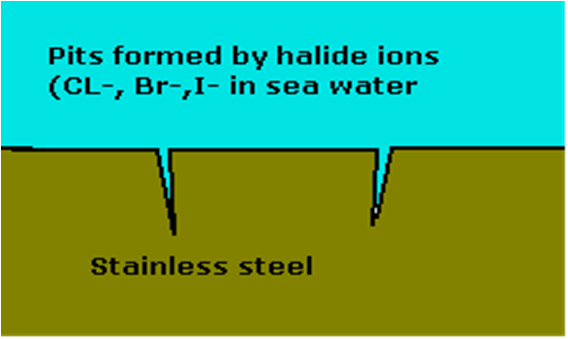INTRODUCTION
- There is a wide range of materials used in shipbuilding comprising ferrous metals, non- ferrous metals, plastics, GRP (Glass Reinforced Plastics/ fiber glass) and wood.
- The most widely used material in ship building remains steel especially plan carbon or mild steel approximately 90%.

Properties of Steel
- Good metallurgical properties – to overcome Brittle fracture and fatigue
- Reasonable good mechanical properties
Low carbon steel have tensile strength of 400 to 490 MN/m2 and Yield strength of 235 MN/m2, and elongation of 15 to 20 %
- Susceptibility ease to join process by welding with good control over weld defects.
- Reasonable cost
- Reasonably ease to cast
- Ability to be heat treated. Alloy elements can be use to change the character of steel:
– Carbon (0.18% to 0.28%) increases hardness and strength but reduces ductility.
– Manganese (0.6% to 15%) increase tensile strength, ductility and notch toughness
– Silicon (< 0.5%) increases hardness and tensile strength without making welding difficult.
– Sulphur (>0.04 or 0.05%) improves weldability and welding stresses
– Phosphorus (> 0.04 or 0.05%) reduces ductility and toughness
Grades of steel
- Grade A – White
- Grade B – Green
- Grade D – Red
- Grade E – Yellow
Grade A
- A mild steel used in the majority of the ship structures of less than 20 mm thickness such as bulkheads, tank top, non strength decks and superstructures
Grade B
- A mild steel used for strength members of 20 to 25 mm thickness
Grade D
- A ‘Notch-tough’ steel which resists the spread of cracks and has higher strength.
- It is used for structure greater than 25 mm thick
Grade E
- An ‘Extra Notch tough’ steel because this is a heat treated Grade D steel used for very thick plating in excess of 50mm thick.
- It is used for sheer strakes, bilge strakes, keels I.e. all high stress regions of the ship
Artic D
- A special grade of steels used where part of the structure is subject to extremely low temperature.
- The Ultimate tensile strength is 435 to 510 NM/m2, yield stress is 310 NM/m2 – 80% of UTS and absorbs 40 Joules of energy at – 55oC in a Charpy Impact test. Normally used for icebreakers
Materials used in ships sea water systems
90/10 Cupro-nickel:
1. Resistant to high sea water velocities allowing smaller tube diameters
2. Resistant to corrosion under stagnant flow conditions and pitting
3. Resistant to clogging from marine growth
4. Ease of manufacture and welding
5. Reasonable cost

Stainless steel
1. Suffers from deep pitting in stagnant waters-if cleaned regularly this pitting can be reduced
Expected life spans of some materials in sea water:
- Galvanised steel- 6 to 9 years
- Copper- Maximum velocity (water flow) 4ft/sec
- 90/10 Cupro-Nickel- 10yrs+
- 70/30 Cupro-Nickel- 22 yrs+




